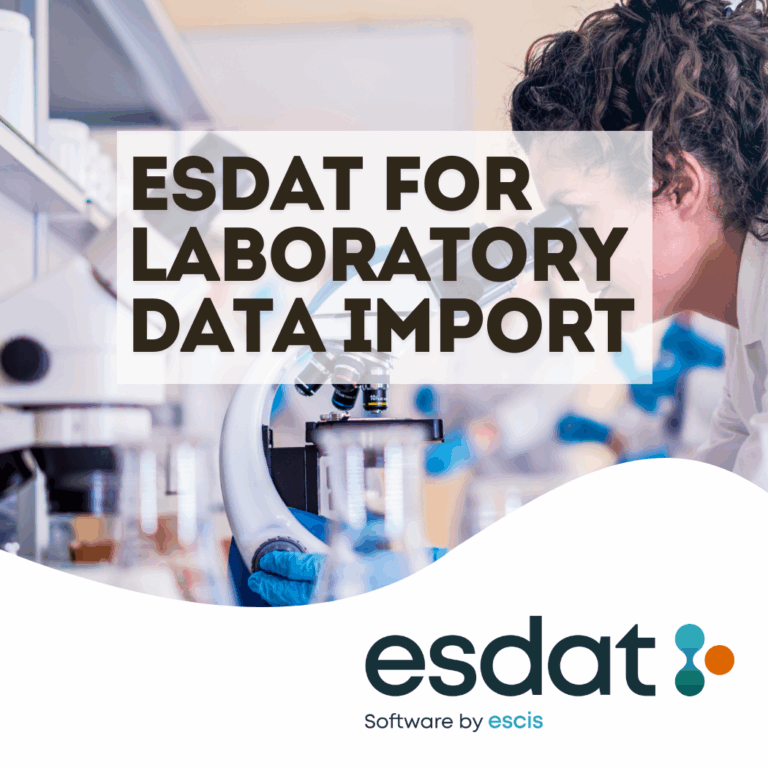1. What is the EPA’s Lead and Copper Rule Improvement (LCRI)?
The Lead and Copper Rule Improvement (LCRI) is an update issued by the EPA on October 8, 2024, that requires all U.S. drinking water systems to identify and replace lead service lines within the next decade. This rule aims to protect public health, particularly in communities with older infrastructure where lead pipes are still in use.
2. Why is the LCRI important for public health?
The LCRI reduces the action threshold for lead levels in drinking water and mandates more rigorous water testing. This is expected to prevent cognitive impacts in children, such as the loss of an estimated 200,000 IQ points, and reduce premature deaths caused by lead exposure, particularly in lower-income and minority communities disproportionately affected by outdated infrastructure.
3. How is the LCRI being funded?
The Bipartisan Infrastructure Law supports the LCRI by allocating funds to accelerate lead pipe replacement efforts nationwide. Cities like Milwaukee and Detroit have already received millions of dollars to assist with compliance and improve public health.
4. What are the new EPA standards for methane emissions?
The EPA’s finalized methane emissions standards set stricter oil and gas industry regulations. These standards require operators to adopt advanced monitoring technologies to detect and repair leaks and eliminate routine natural gas flaring from new wells, addressing methane—a potent greenhouse gas—and other harmful pollutants like benzene and toluene.
5. How will the new methane standards benefit the environment and public health?
The methane standards are expected to prevent 400 billion cubic feet of natural gas from leaking annually, enough to supply nearly 8 million homes each winter. In addition, reducing methane and other VOC emissions will improve air quality, especially in communities near oil and gas operations, providing essential health benefits and contributing to climate change mitigation.
6. How do these standards address environmental justice?
The LCRI and methane standards aim to reduce health disparities and environmental risks for vulnerable communities. By addressing lead exposure and improving air quality in areas near industrial sites, the regulations help protect lower-income and minority communities that have historically faced more significant environmental health challenges.

7. What is EDMS, and how does it support compliance with environmental standards?
EDMS (Environmental Data Management Software) is designed to collect, store, manage, and analyze environmental data. It streamlines environmental monitoring, reporting, and compliance tracking by automating data management tasks, reducing errors, and providing real-time insights into environmental performance. EDMS can be configured to reflect the latest regulatory changes, helping organizations maintain compliance with evolving environmental standards.
8. How does ESdat software aid in environmental data management?
ESdat by EarthScience Information Systems (EScIS) provides tools for effective environmental data management that align with an Environmental Management Framework (EMF). ESdat enables data collection, compliance tracking, and stakeholder engagement, offering real-time monitoring and reporting that help organizations meet regulatory requirements and improve environmental performance.
9. Why is methane regulation essential in combating climate change?
Methane is a highly potent greenhouse gas with a much more substantial short-term impact on climate than carbon dioxide. By regulating methane emissions, the EPA’s new standards directly address climate change and reduce the environmental footprint of the oil and gas industry, contributing to global climate resilience efforts.
10. How can organizations stay updated and comply with new EPA regulations?
Organizations can stay compliant by implementing Environmental Management Frameworks (EMFs) that incorporate regulatory changes, supported by tools like ESdat. These systems help automate data tracking, validation, and reporting, ensuring adherence to current legal standards and improving overall environmental performance.
Related Articles on LCRI EPA Lead and Methane Regulations
New U.S. Environmental Standards Target Public Health: EPA Finalizes Lead and Methane Regulations
US EPA Regional Screening Levels (RSLs) Updates
What are Regional Screening Levels EPA RSL 1.0 and EPA RSL 0.1?






